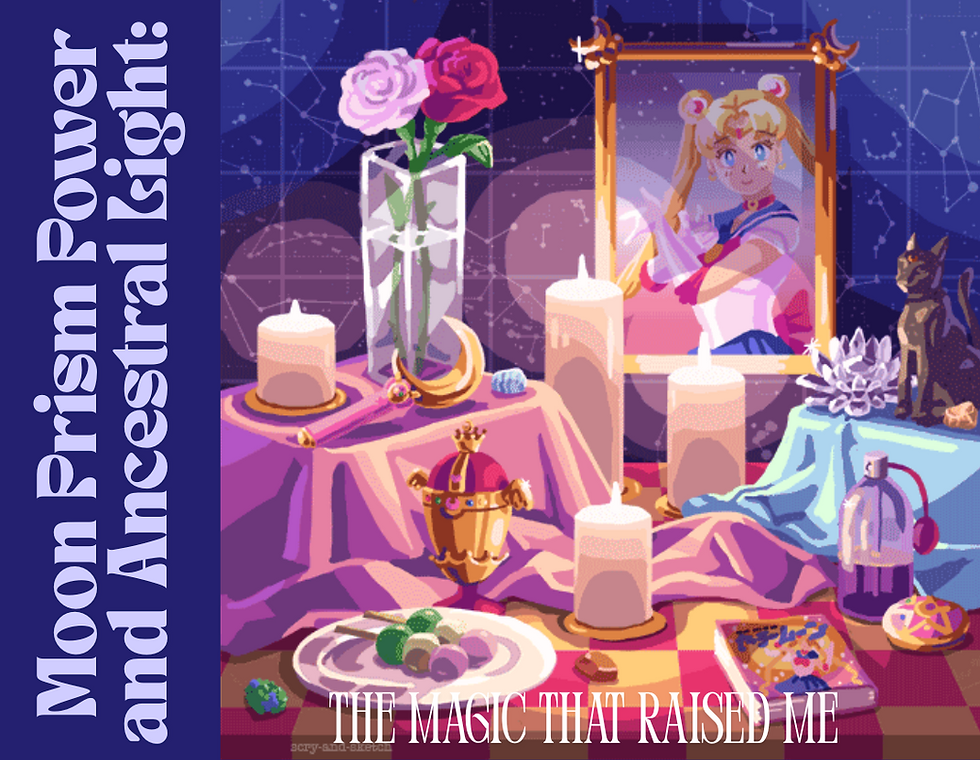Joy as Testimony: On Miracles, Memory, and the Fight for Tomorrow
- The HPIC

- Jul 3
- 4 min read

Today, July 3, 2025, Congress passed what’s being called the One Big Beautiful Bill, a sweeping and dangerous piece of legislation that makes permanent many of the 2017 tax cuts, slashes critical safety nets like Medicaid and SNAP, and threatens to deepen wealth inequity for generations. Backed by a narrow House vote and a 51-50 Senate split (with Vice President J.D. Vance casting the deciding vote), it is expected to be signed into law by President Trump on Independence Day.
This is not a symbolic blow. It’s a material one.
This bill, wrapped in patriotic language and passed in the shadow of fireworks, is a direct assault on care, on equity, and on the lives of the poor. It is a reminder of how power cloaks itself in spectacle. It strips away not only resources, but the dignity of those who rely on these programs to live, to heal, to breathe.
And yet, as I read these headlines and sit with my sorrow, I find myself listening (on loop— I know the repeat buttn hates to see me coming) to “Miracles” by SAULT. The lyrics aren't escapist. They’re prophetic. They remind me that miracles are not abstractions. They are our inheritance.
On Joy, Enslavement, and the Archive of Survival
Today I’ve been diving into works that chronicle how enslaved people survived, not just physically, but emotionally, spiritually, and communally. These are not easy reads, but they are necessary ones. They help me remember: joy is not a luxury. It is a sacred method and a technology of the spirit.
1. John W. Blassingame – The Slave Community
This foundational text explores the interior lives of enslaved people, tracing how kinship, spiritual life, music, and storytelling created meaning in the midst of brutality.→ I share it here because it reframes joy as a structure, not a side effect. Enslaved people didn’t stumble upon happiness, they built it, sustained it, and guarded it with intention.
2. Tera Hunter – To ’Joy My Freedom
Though centered on the post-emancipation South, this book shows how Black women used work, rest, romance, and recreation as tools of autonomy and joy.→ I include it because it proves that “freedom” had to be felt, and feeling was its own act of rebellion.
3. “Critical Examination of Resilience and Resistance in African American Families” (2023)
This (more recent) peer-reviewed article explains how Black families, drawing from ancestral trauma and triumph, have long used joy, imagination, and connection as strategies for survival.→ I cite it because it ties the past to the present. It affirms that joy is not naïve, it’s ancestral knowledge in motion.
4. Soumya Kambhampati – “I Ain’t Tellin’ White Folks Nuthin’”
This work (an undergraduate thesis!) analyzes how formerly enslaved people shaped their narratives in the WPA interviews. What they revealed (and what they didn’t) was a form of agency.→ I share it because in moments of erasure and surveillance, knowing what to hold close is an act of power.
Why Joy Still Matters, Now More Than Ever
It would be easy to say joy is trivial right now.
That we should be angry (we should).
That we should organize (we must).
That we should mourn (we are).
But...
Joy isn’t what happens when we stop fighting. Joy is how we fight. It’s how we remember we are still alive.
Joy is evidence of life’s insistence. It’s how enslaved people sang their pain into praise. It’s how Black women danced and dressed and dreamed in the face of dehumanization. It’s how we, even now, gather, weep, protest, and praise.
Joy is not the opposite of grief, it is its companion. It says, Even here, something holy can still emerge.
Hope Is Not Passive
Hope is often mistaken for optimism. It isn’t. Hope is a disciplined, daily act of faith. It is the choice to believe in a future that has not yet materialized and it is fueled by the memory that we have been here before, and we are still here.
The bill that just passed is terrifying, and it absolutely deserves our outrage, but it also calls us back to each other—to sacred spaces, to slow rituals, to softness as rebellion, to joy as a method of staying human in a world that tries to unmake us. When they strip the systems meant to protect us, we return to the ones we’ve always had: each other... Our altars... Our rhythms... Our grandmothers’ kitchens... Our backyard games... Our playlists... Our prayers... Our study groups... Our laughter...
& On A Personal Note
My research, my politics, and my spirit are all shaped by a singular belief: joy is a pillar, not just for living, but for liberating, and especially for us: Black women. For those made to feel like afterthoughts in the policy decisions that shape the nation, joy is not just sacred. It is strategic.
To feel is to resist. To imagine is to build. To hope is to heal. To dance is to declare: I am still here.
So I will mourn AND I will organize... And I will rest... And I will still listen to “Miracles” and believe in them, not because the world is good, but because we are.



Comments